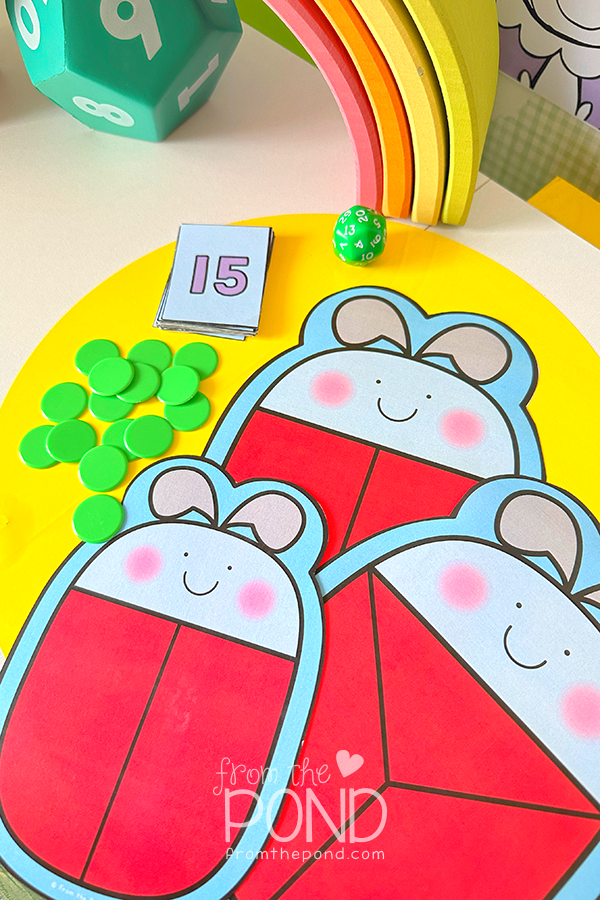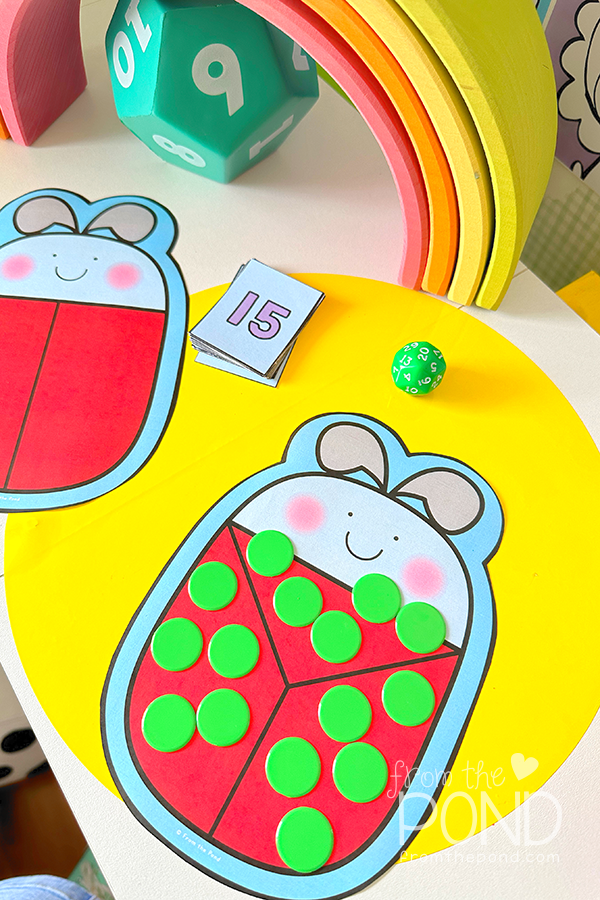
Make math fun in kindergarten this week with some hands-on play with a focus on making equal groups. Understanding and working with equal groups will help lay the foundation for multiplication and division. By exploring the concept of equal groups, young learners can begin to see how multiplication and division are an extension of counting, addition and subtraction - and do this in a concrete and meaningful way.
What are Equal Groups?
Equal groups are sets of objects that have the same number of elements. For example, students could make a set of 3 counters, then make a matching equal set of 3 in a different color.How to Make Equal Groups
Your students could make equal groups for multiplication by repeatedly adding new matching sets - e.g. making a set of 3, then another set of 3 and another and so on.
They could make equal groups by doing the inverse and dividing or sharing one large pile out into smaller, equal sets. They could start with a set of 15 and then take 3 repeatedly until there are none left.
Here is a ladybug math warm up that is an example of making equal groups to model division.
Here is a ladybug math warm up that is an example of making equal groups to model division.
Sharing Ladybugs Math Warm Up
- give your students a set number of counters
- have them roll a 20 sided die or take a numeral card
- let them place all spots on the plain ladybug
- now talk about equal groups and sharing the spots in the different section of the ladybug so each has the same number
- explore the different ladybugs to see which ones will have equal groups of spots
- talk about the leftovers and it not being a ‘fair (or equal) share’
- in the photos here you will see how 15 shared equally into 3 groups but not 2

